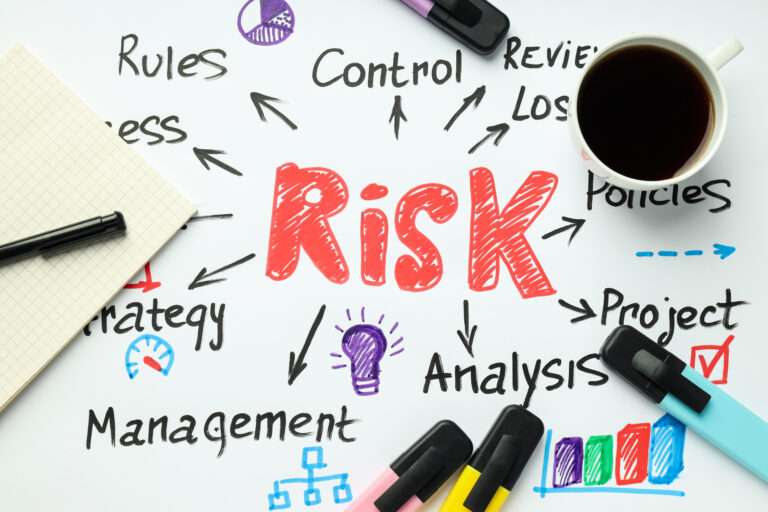
Why SPARX? As an Enterprise Architecture (EA) consultant, I am going into organizations with established
The Pillars of Enterprise Risk Management:
Benefits of Enterprise Risk Management:
Conclusion: Empowering Organizations for a Secure Future
In a world where volatility is the new norm, Enterprise Risk Management is not a mere luxury; it’s a necessity. It provides organizations with the tools they need to anticipate, address, and manage risks, transforming challenges into opportunities for growth. By fostering a culture of risk awareness and preparedness, ERM paves the way for sustained success and a secure future in an ever-evolving business landscape. So, whether you’re a startup or a multinational corporation, integrating ERM into your business strategy is a crucial step toward safeguarding your journey toward excellence.
Want to learn more about our ideas and thought leadership, please read the following. If there are any areas of interest from your organization, please feel free to reach out to us.

Why SPARX? As an Enterprise Architecture (EA) consultant, I am going into organizations with established

Bangladesh and digital banking Bangladesh is rapidly embracing digital banking, with more and more people

In an era defined by constant change and uncertainty, businesses in Bangladesh are facing an

Creating an architecture review board (ARB) software involves developing a tool that supports the review,
©2024 Sysonex. All Rights Reserved

Your form has been successfully submitted. Go to the next step to get a free Sysrisk user license.